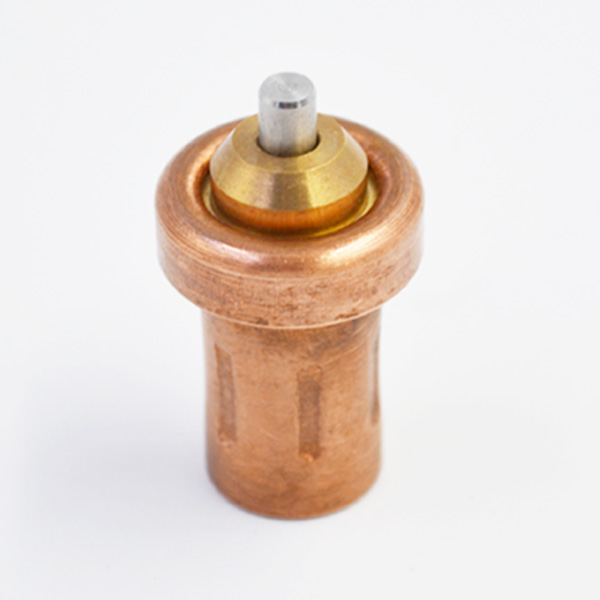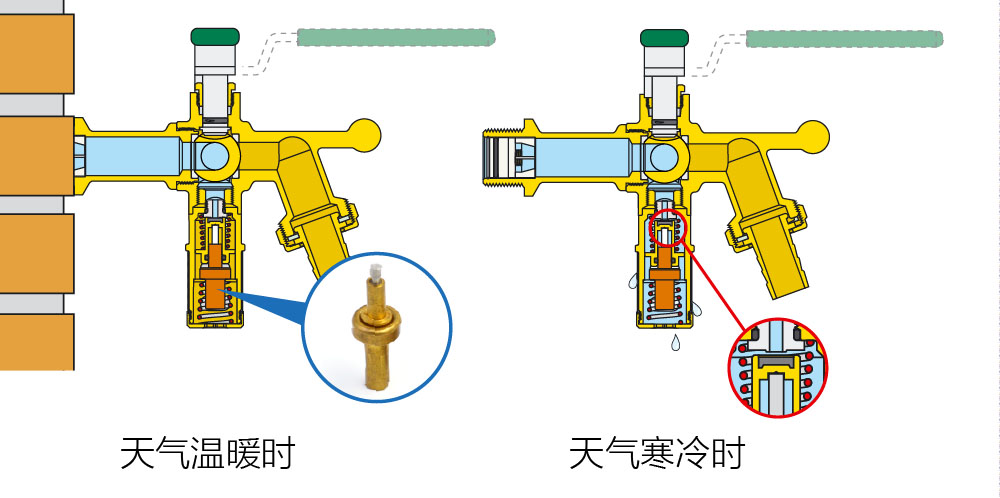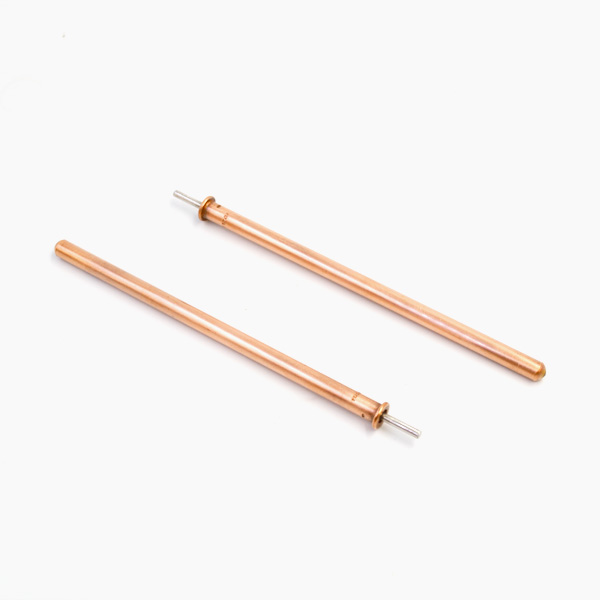Wind-solar complementary generation has been widely used in distributed generation systems in recent years. Aiming at the shortcomings of wind-solar complementary power generation system, such as low power generation efficiency and high system cost, a system controller is designed and developed.
Based on modular design, the controller can flexibly adjust the capacity of power generation system, improve energy utilization, and realize intelligent control of wind-solar complementary power generation system. With the continuous development of China’s economy, the demand for energy is also increasing, while the traditional mineral energy reserves are limited and can not be renewable, so the research and development of new energy technology is the trend.
Wind-solar complementary power generation system is a power generation system which is composed of wind turbine, solar cell, controller, storage battery, inverter and so on.
It can supply power to load.

However, there are some problems in the practical application of the system, such as being greatly influenced by meteorological conditions, low energy conversion efficiency and inconvenient capacity regulation of the system. For this reason, this research designs a controller of wind-solar complementary power generation system based on modularization to realize intelligent control of the power generation system. The controller of wind-photovoltaic complementary power generation system is the key component of the whole power generation system, which plays the role of connecting generation units (including wind turbines and solar cells), storage batteries and loads. The controller can improve the energy utilization rate through maximum power tracking technology according to different environmental conditions, and control the input and output of the whole power generation system. The control architecture of wind-solar complementary power generation system is shown in Figure 1. The output voltage of solar cells adopts maximum power tracking technology.
The voltage is stabilized at the maximum power point of solar cells by DC/DC converter. The maximum power output of solar cells is realized. Then, the electric energy is transmitted to storage batteries and loads through control circuit, detection circuit and battery charging circuit. The controller adopts modular structure design and can adjust system capacity more flexibly.

The block diagram of the modular structure of the controller is shown in Figure 2.

The controller consists of a main control module and several power modules. The communication protocol between the main control module and the power module is RS485, and the data transmission is controlled by a single chip computer.
Solar cells are connected to their respective power modules through maximum power tracking technology, DC/DC converter and wind turbine through voltage and rectification circuit. The main control module can detect the working state of the power module in real time, and adjust the working state of the generating unit and the energy storage unit by changing the system parameters, so as to configure the reasonable system capacity. Workers can view the working status of the system in the display screen.

There are many maximum power tracking methods based on the output characteristics of solar modules. At present, the constant voltage method is mostly used in engineering products. The constant voltage method has the advantages of simple control idea, easy realization of control circuit and good stability for output voltage. Considering the high practicability and maturity of its control strategy, the constant voltage method and DC/DC converter are used to realize the maximum power tracking function of solar energy. The block diagram of the overall system structure of the DC/DC converter is shown in Fig. 3. The converter uses PWM control switch to turn on and off, and adjusts the output voltage of the solar cell to the output voltage of the maximum power point measured in advance, so as to realize the maximum power tracking function of solar energy. The hardware structure of the controller is shown in Figure 4. The control chip uses PIC18 series single-chip computer with strong computing ability as the design core. In addition, it includes LCD module, key input module, communication module power supply circuit and detection circuit. The main program of the controller software mainly includes system initialization settings, system communication subroutines, thermostatic element battery charge and discharge control subroutines, LCD screen and keyboard input subroutines. The main program flow of the system is shown in Figure 5. The program initializes the registers in the system, collects the voltage and current parameters of the power generation part and the battery, compares the parameters with the preset values of the system, and understands the running state of the system. According to the different external conditions, it calls each subroutine to manage and control the whole system. The controller of wind-solar complementary power generation system based on modularization includes two parts: hardware and software. The controller can intelligently control the whole power generation system and adopt solar maximum power tracking technology to improve energy utilization. At the same time, the flexible capacity allocation of power generation system is realized to facilitate installation, reduce after-sales difficulties and reduce costs. Using this controller, modular, efficient and intelligent control of wind-solar complementary power generation system can be realized.
